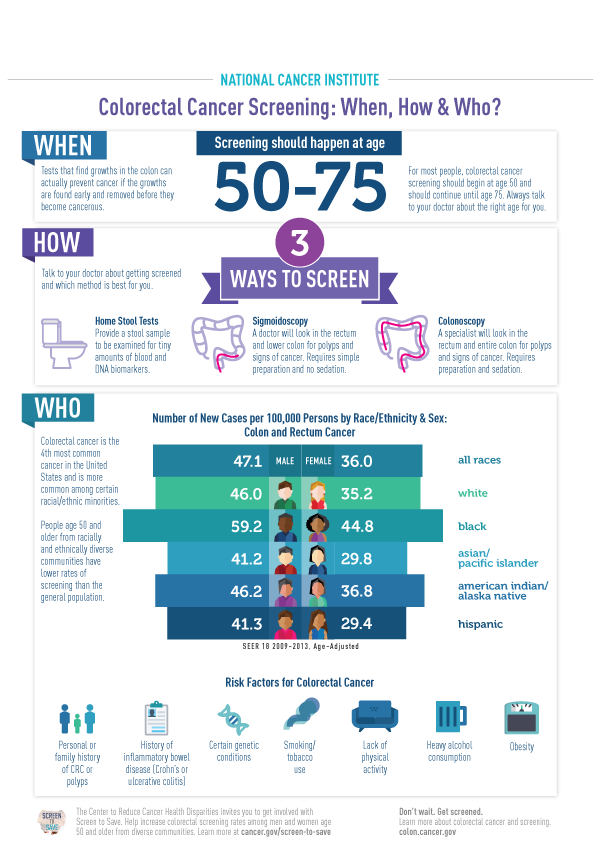On Thursday, April 25, 2019, former Vice President Joe Biden announced that he will be running for the Democratic Presidential nomination. But back in 2016, President Obama called on Biden to “lead a new, national ‘Moonshot’ initiative to eliminate cancer as we know it.” So what’s been happening with the Cancer MoonshotSM since then?

“Cancer Moonshot” by World Economic Forum is licensed under CC BY-NC-SA 2.0
First, there’s been a name change. Cancer Moonshot 2020 is now known as Cancer Breakthroughs 2020. The National Cancer Institute (NCI) is working to implement Cancer MoonshotSM. In a November 19, 2018 update, NCI Acting Deputy Director Dinah Singer, PhD, explained that the Moonshot is now moving from planning to research. A critical first step was the formation of the Moonshot Blue Ribbon Panel (BRP) and the publication of their 2016 report on recommendations for accelerating cancer research. NCI is now in the process of operationalizing the recommendations from this report.
On April 19, 2019, Claire Dietz reported in The Cancer Letter that NCI Board of Scientific Advisors had approved eight concepts as Request for Applications (RFAs), including three Cancer MoonshotSM concepts at a March 25, 2019 meeting. One of the Cancer MoonshotSM concepts centers around next generation technology for next gen cancer models (NGCMs).
Learn more about research initiatives Cancer MoonshotSM is supporting.
